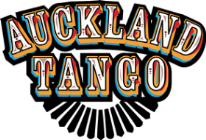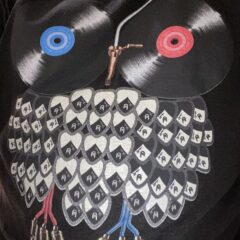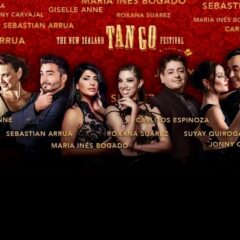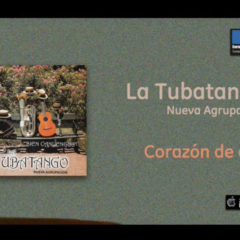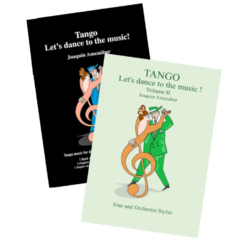Originally published on the Tango Club (Auckland) website on 4 January 2010
Review by Stephan Resch, 4 January 2010
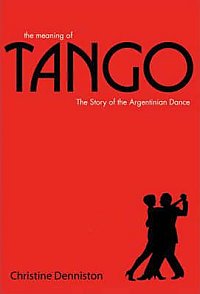
London: Portico Books, 2007
Related links:
Christine Denniston’s website
Denniston writes in a clear and uncluttered style, which makes the chapter on the history of tango, closely linked with male-dominated italo-hispanic immigration, an intriguing read. Tango flourished, because it was a socially accepted way to meet a woman and with so many men around, it was paramount to be a good leader in order to attract the attention of the other sex. Men practised with other men first in order to avoid looking like a beginner and would only appear on the dance floor once they had reached a level deemed high enough to make them a desirable dance partner for the women. Denniston points out the main milestones in the development of the dance, such as its short but important leap to fame in Europe just before World War I, which, upon its return to Argentina, made it palatable to middle class Argentinians, who had previously viewed it mainly as a working class pastime. She interweaves historical facts with occasional comments about the development of tango music, such as the evolution from the tango song of the 1920s, primarily aimed at listening, (that’s why they don’t play Carlos Gardel at milongas!) to tango made for the social dance floor.
Denniston’s chapters on the history of tango dance and music are so vivid and captivating probably because she is not writing an objective piece of academic research. The downside of this reliance on eye-witness accounts is its nostalgic glorification of the 1930s and the 1940s. To be sure, some of the greatest contributions to the dance and music were made at this time, but Denniston insists upon the presence of complete tango perfection which is difficult to believe. Her mantra “everything was better in the Golden Age” becomes repetitive and meaningless as she continues to bring to our attention, throughout the book, examples of choreographic mistakes and social no-nos which “would never have happened in the Golden Age.” By the way, did I point out that people danced much better in the Golden Age?
The third chapter is largely dedicated to tango technique. Quite rightly, Denniston insists that without the proper technique it is impossible to find the unique and satisfying experience that tango can offer. As an experienced teacher she is well qualified to explain what creates the quality of movement and connection necessary for a rewarding dance. While she explains beautifully what tango is all about, the awkward diagrams, charts and photos are not helpful. It is not that they are wrong or misleading, they do make sense to the experienced dancer. But the experienced dancer does not need them and to the beginner they probably seem like reading hieroglyphics. Having just explained in the previous chapter for how many years a Golden Age dancer was coached by peers before venturing on the dance floor, it seems illogical to continue the book as a “teach yourself tango guide”, as well written and well intentioned as it might be. It breaks the book into two parts and one wonders if the space could not have been better used to delve deeper into the history of the tango orchestras which are only briefly mentioned or the African origins of the dance which are hardly referred to. Also the development of tango since the Golden Age receives a very passing mention—one could have pointed out, for example, the advent of tango nuevo which brought a variety of new modes of expression and therefore meaning into tango. This would have contravened the wistful spirit of the book but its inclusion would have made the work fit its title better.
Denniston concludes with a useful glossary of tango jargon as well as practical tips for the aspiring tango dancer on clothes, shoes and music.
Overall, The Meaning of Tango provides a short but well-informed and readable introduction to the dance, although, given its focus, the title is somewhat misleading. “The Golden Age of Tango” would have been much more fitting representation of its content. It comes across as overly nostalgic and the apparent dual purpose of the book as a history and dance instruction manual makes it appear incoherent. This is a pity as Denniston clearly knows what she is talking about. Having said this, maybe the very concepts of meandering and discontinuity say something about the search for the meaning of tango.
Rating: 3.5 / 5
